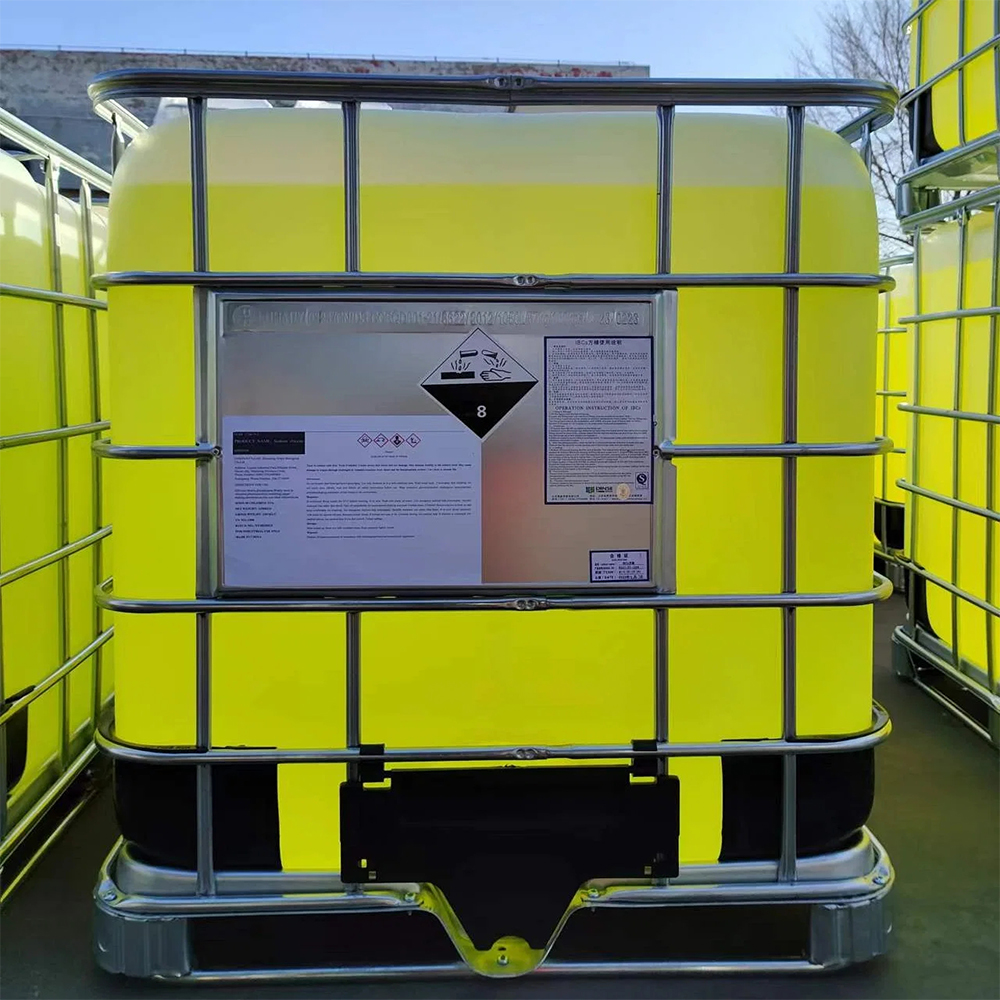



Preparation and Properties of 0.1 M Sodium Hydroxide Solution for Laboratory Use
Understanding 0.1 Molar Sodium Hydroxide (NaOH) Solution
Sodium hydroxide (NaOH), commonly known as lye or caustic soda, is a highly versatile and widely used chemical in various industrial and laboratory applications. One particular concentration that is frequently used is a 0.1 molar (0.1 M) NaOH solution. This article aims to delve into the significance, preparation, and applications of this specific concentration of sodium hydroxide.
What Does 0.1 Molar Mean?
To understand a 0.1 M NaOH solution, it’s essential to grasp the concept of molarity. Molarity (M) is a unit of concentration measuring the number of moles of solute (in this case, NaOH) per liter of solution. A 0.1 M solution contains 0.1 moles of sodium hydroxide in every liter of the solution. Given that the molecular weight of sodium hydroxide is approximately 40 grams per mole, a 0.1 M solution would contain about 4 grams of NaOH dissolved in 1 liter of water.
Preparation of a 0.1 M NaOH Solution
Creating a 0.1 M NaOH solution requires precision and careful handling due to the caustic nature of sodium hydroxide. The following steps should be followed
1. Gather Materials You will need sodium hydroxide pellets, distilled water, a volumetric flask or graduated cylinder, a balance for weighing, and appropriate safety equipment, such as gloves and goggles.
2. Weigh the NaOH Measure out 4 grams of solid NaOH using the balance.
3. Dissolve the NaOH Place the weighed NaOH into a clean volumetric flask. Slowly add distilled water to the flask until the total volume reaches 1 liter. It is crucial to add the water gradually while stirring to ensure that the NaOH dissolves completely.
4. Label the Solution Once prepared, label the container with the solution’s concentration, date of preparation, and any safety warnings.
5. Store Properly Store the solution in a safe, cool, and dark place away from incompatible substances. Sodium hydroxide solutions are hygroscopic, meaning they can absorb moisture from the air, which can alter their concentration and effectiveness over time.
naoh 0.1 molar

Applications of 0.1 M NaOH Solution
A 0.1 M NaOH solution is employed across various fields due to its chemical properties. Below are some prominent applications
1. Titration Experiments In analytical chemistry, 0.1 M NaOH is frequently used as a titrant in acid-base titrations. It helps to determine the concentration of acidic solutions through neutralization reactions. The endpoint of these titrations can be detected using pH indicators.
2. Preparation of Buffers Sodium hydroxide is often used in preparing buffer solutions, where it helps in maintaining a stable pH, essential for many biochemical processes in laboratory settings.
3. Cleaning and Decontamination Due to its strong alkaline nature, 0.1 M NaOH can be used in cleaning agents to remove grease, oil, and other organic materials.
4. Biochemical Applications In biological and pharmaceutical laboratories, sodium hydroxide solutions are utilized to adjust pH levels, an important factor in protein solubility and enzyme activity.
5. Waste Treatment 0.1 M NaOH solutions can also be applied in the treatment of hazardous waste, neutralizing acidic effluents to render them less harmful before disposal.
Safety Considerations
While handling sodium hydroxide, especially in higher concentrations, safety precautions are paramount. Even though 0.1 M NaOH is significantly less caustic than more concentrated solutions, it can still cause irritation to the skin and eyes. Always wear gloves, goggles, and a lab coat when working with NaOH, and ensure that you are working in a well-ventilated area. In case of a spill, neutralize it with a suitable acid and clean it up immediately.
Conclusion
A 0.1 M sodium hydroxide solution is a fundamental tool in many scientific and industrial applications. Its preparation requires knowledge, accuracy, and proper safety measures. Understanding its properties and applications can lead to more effective use in various chemical processes, ultimately aiding numerous scientific advancements and industrial practices. Whether in a laboratory setting or industrial production, 0.1 M NaOH remains an indispensable asset.
-
Why Sodium Persulfate Is Everywhere NowNewsJul.07,2025
-
Why Polyacrylamide Is in High DemandNewsJul.07,2025
-
Understanding Paint Chemicals and Their ApplicationsNewsJul.07,2025
-
Smart Use Of Mining ChemicalsNewsJul.07,2025
-
Practical Uses of Potassium MonopersulfateNewsJul.07,2025
-
Agrochemicals In Real FarmingNewsJul.07,2025
-
Sodium Chlorite Hot UsesNewsJul.01,2025










